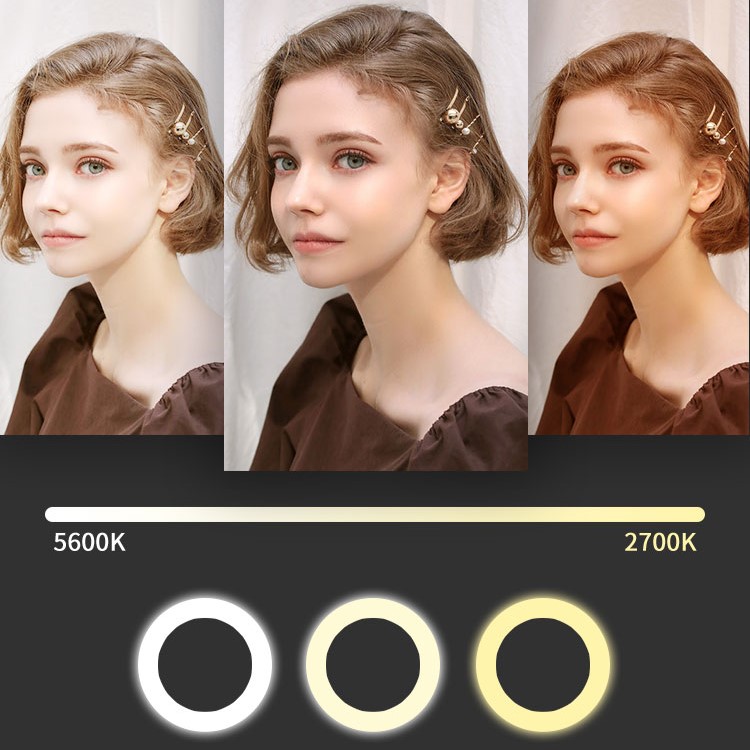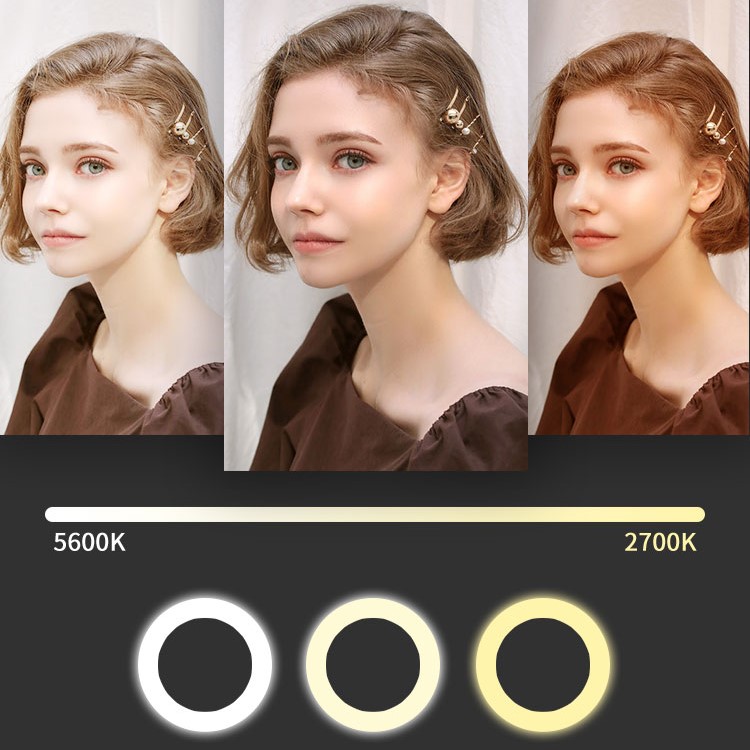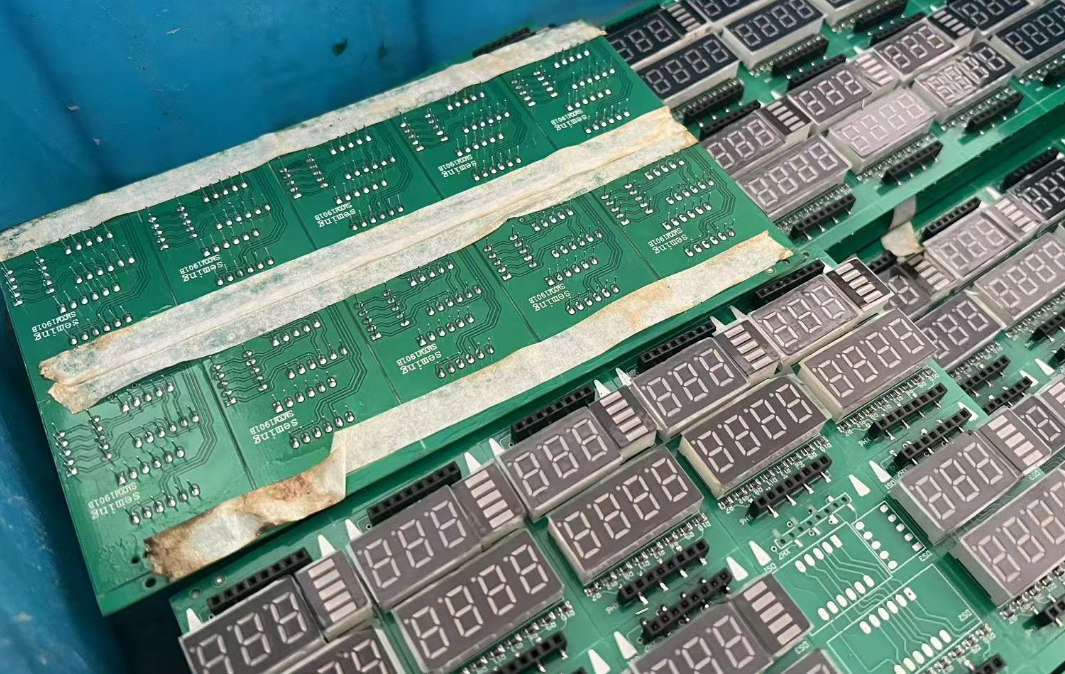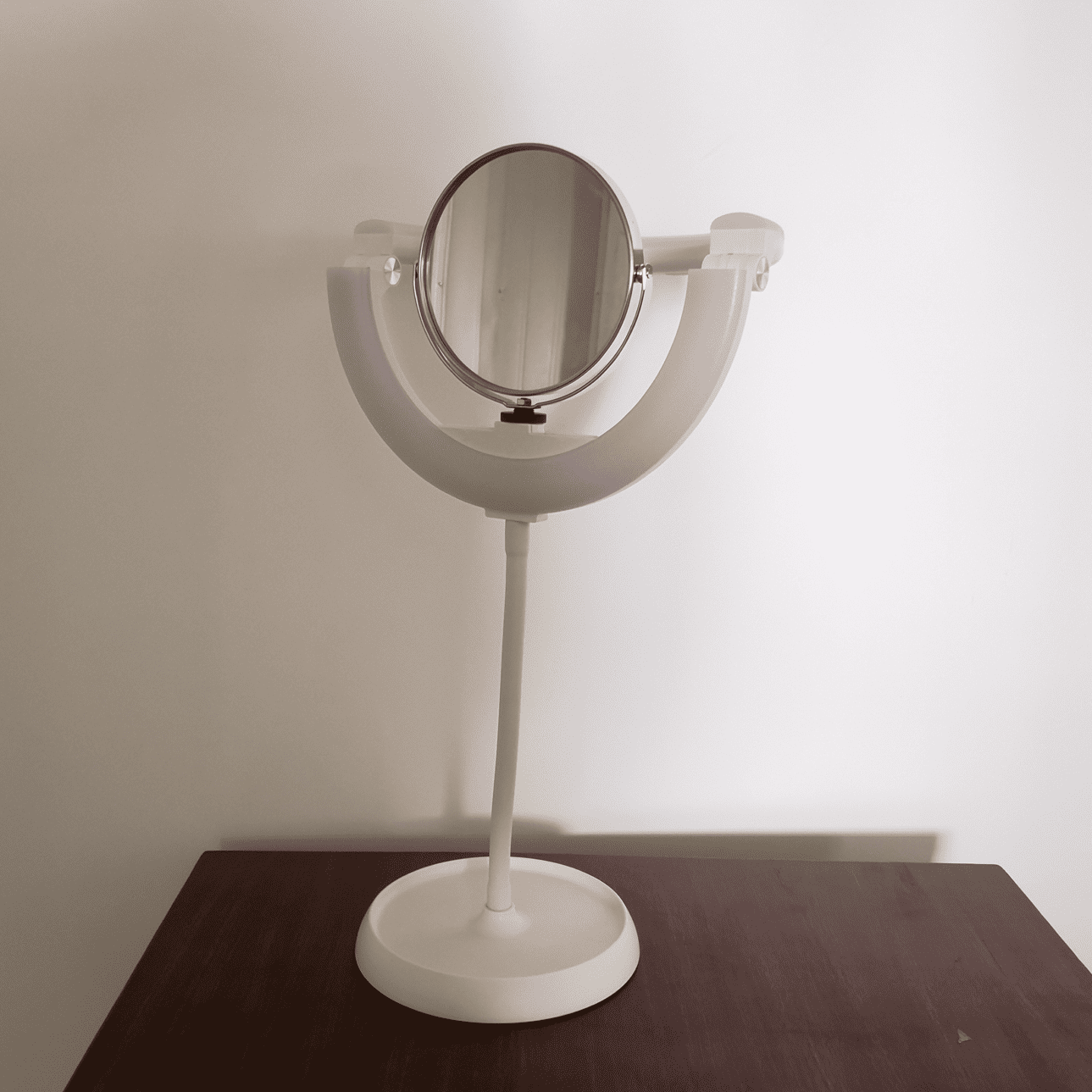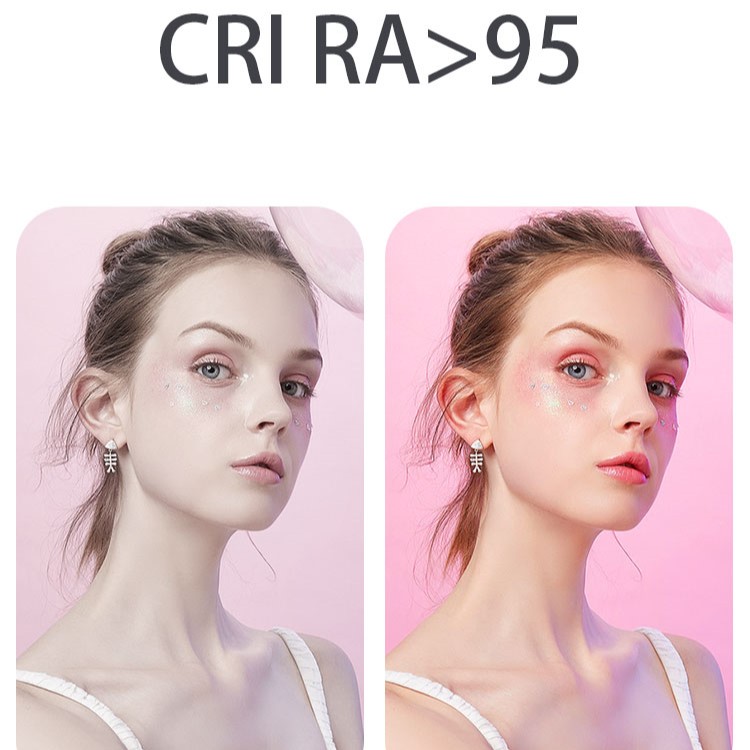Why LED grow lights better than other hydroponic lighting
While there are many types of hydroponic lighting, there’s a lot of talk in the hydroponics world about LED grow lights. Like a lot of products in the hydroponic market, there is a lot of marketing and hype behind LEDs.
Sometimes it’s hard to know for sure if LEDs are a good solution for your garden when you’re slathered in marketing and the anecdotal evidence of hydroponic growers online. To solve this, I decided to take an in-depth look at what’s REALLY going on with LEDs in an impartial manner. Let’s get started with the advantages of LEDs over other lighting technologies!
The Advantages of LED Lighting
Let’s take hydroponics out of the equation for a second and just look at the advantages of LEDs when compared to incandescent and fluorescent bulbs. After we understand the general advantages we can then apply those to hydroponics and see if they still hold.

The short list:
Less energy
Last longer
Smaller
Solid state (more durable)
Lower heat
Along with these basic advantages, LED lighting also has a high luminous efficiency when compared to incandescent and fluorescent lights. Luminous efficiency is the ability of a light source to produce visible light, so the more efficient a light source is, the more visible light it produces per unit of power input.
Something to keep in mind before reading on is that more visible light does not always mean better.
Read more about Photosynthetically Available Radiation to see why.
LEDs can reach 18-22 lumens per watt, while incandescent bulbs reach 15 lumens per watt for a 60-100 watt bulb. Fluorescent bulbs reach 100 lumens per watt. While it looks like fluorescent bulbs are outperforming LEDs, it’s been shown that LEDs are roughly following Moore’s Law, meaning that their lumen per watt output is roughly doubling every 18 months.
LEDs Last Longer
LEDs last far longer than incandescent or fluorescent bulbs. There are reports of LEDs manufactured in the 70s and 80s that are still working today! This is because they are solid state, meaning that there are no vacuum or gas components. LEDs can last from 25,000 to 100,000 hours before they are expected to fail.

They are Heat Efficient
Another benefit to LEDs is their heat efficiency. Unlike high pressure sodium bulbs, they do not emit a lot of heat into the growing environment. Because air and water temperature are so important to a hydroponic grow, this could be a massive benefit for those that are growing in confined spaces or need to control their heat for other reasons. It also allows you to place your lights much closer to your plants’ leaves, which helps you take advantage of the inverse square law for light.
Control Over Color Temperature
Color Spectrum of Average HPS Light – mostly in the green/red area
A huge potential benefit to using LEDs is their ability to be customized to any color temperature for growing. As I’m sure you all know, plants need different colors of light in different phases of growth. Often times you need to buy two different types of CFLs in order to satisfy a plant’s lighting needs throughout its entire lifespan. If you go the high pressure sodium route, it’s often only viable for flowering because of its heavy focus on the red area of the spectrum, which is used in the flowering or fruiting phase.

With LEDs, you could theoretically buy a system that has color filters on sets of individual LEDs for each area of the light spectrum that a plant needs. Then you could adjust the amount of each color that is on at any time to perfectly customize the color spectrum to your plant’s exact needs. There are some systems out there that exist like this, but they are few and far between and the ones that do exist are fairly expensive. If you want to spare no expense, you might want to look into this further.
Sometimes it’s hard to know for sure if LEDs are a good solution for your garden when you’re slathered in marketing and the anecdotal evidence of hydroponic growers online. To solve this, I decided to take an in-depth look at what’s REALLY going on with LEDs in an impartial manner. Let’s get started with the advantages of LEDs over other lighting technologies!
The Advantages of LED Lighting
Let’s take hydroponics out of the equation for a second and just look at the advantages of LEDs when compared to incandescent and fluorescent bulbs. After we understand the general advantages we can then apply those to hydroponics and see if they still hold.

Less energy
Last longer
Smaller
Solid state (more durable)
Lower heat
Along with these basic advantages, LED lighting also has a high luminous efficiency when compared to incandescent and fluorescent lights. Luminous efficiency is the ability of a light source to produce visible light, so the more efficient a light source is, the more visible light it produces per unit of power input.
Something to keep in mind before reading on is that more visible light does not always mean better.
Read more about Photosynthetically Available Radiation to see why.
LEDs can reach 18-22 lumens per watt, while incandescent bulbs reach 15 lumens per watt for a 60-100 watt bulb. Fluorescent bulbs reach 100 lumens per watt. While it looks like fluorescent bulbs are outperforming LEDs, it’s been shown that LEDs are roughly following Moore’s Law, meaning that their lumen per watt output is roughly doubling every 18 months.
LEDs Last Longer
LEDs last far longer than incandescent or fluorescent bulbs. There are reports of LEDs manufactured in the 70s and 80s that are still working today! This is because they are solid state, meaning that there are no vacuum or gas components. LEDs can last from 25,000 to 100,000 hours before they are expected to fail.

Another benefit to LEDs is their heat efficiency. Unlike high pressure sodium bulbs, they do not emit a lot of heat into the growing environment. Because air and water temperature are so important to a hydroponic grow, this could be a massive benefit for those that are growing in confined spaces or need to control their heat for other reasons. It also allows you to place your lights much closer to your plants’ leaves, which helps you take advantage of the inverse square law for light.
Control Over Color Temperature
Color Spectrum of Average HPS Light – mostly in the green/red area
A huge potential benefit to using LEDs is their ability to be customized to any color temperature for growing. As I’m sure you all know, plants need different colors of light in different phases of growth. Often times you need to buy two different types of CFLs in order to satisfy a plant’s lighting needs throughout its entire lifespan. If you go the high pressure sodium route, it’s often only viable for flowering because of its heavy focus on the red area of the spectrum, which is used in the flowering or fruiting phase.

Related Posts
Copyright © 2023 Zhejiang Seming Electronic Co., Ltd.


